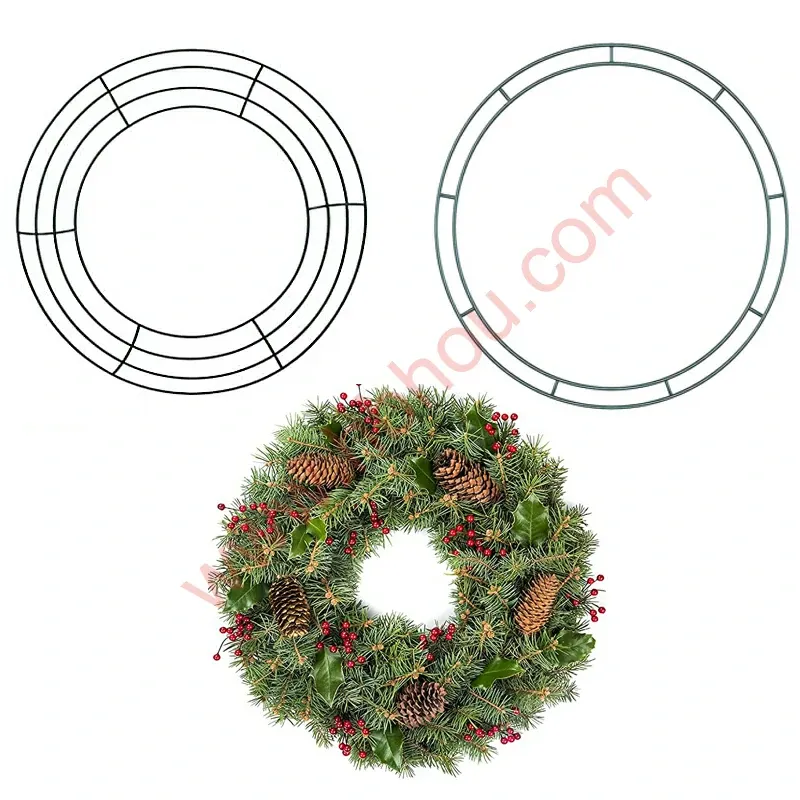The Versatility and Functionality of Gabion Cages
Gabion cages, often overlooked in modern landscape and civil engineering projects, have emerged as one of the most versatile and effective solutions for various applications. Constructed from wire mesh and filled with stones or other materials, these structures are not merely functional; they also add aesthetic value to their surroundings. This article delves into the characteristics, applications, and benefits of gabion cages, showcasing their importance in contemporary construction and landscaping.
What are Gabion Cages?
Gabion cages are wire mesh containers filled with natural stones, concrete, or recycled materials. Traditionally made from steel wire, these cages are designed to withstand environmental stressors while allowing water to flow through, making them highly effective for erosion control, retaining walls, and other practical uses. The mesh construction enables flexibility, allowing the cages to adapt to the terrain and load they are carrying.
The Historical Context
The use of gabions dates back centuries, originally employed by the military for defensive purposes. Soldiers would fill these cages with earth or rocks to create protective barriers against enemy attacks. Over time, the application of gabions has evolved, finding their place in civil engineering and landscaping. Today, they are celebrated for their eco-friendliness and ability to blend seamlessly with the natural environment.
Applications of Gabion Cages
Gabion cages find utility across various sectors
1. Erosion Control One of the primary functions of gabion cages is to prevent soil erosion along riverbanks and slopes. By creating a sturdy barrier, they protect the ground from the erosive forces of wind and water.
2. Retaining Walls Gabion cages can be used to build retaining walls that hold back earth and provide stability to landscapes. They are particularly useful in hilly or unstable regions, where traditional wall materials may not suffice.
gabion cages

4. Decorative Features Beyond their practical applications, gabion cages have become popular in landscape design. They can be used to create stunning garden features, seating areas, or as part of modern architecture, showcasing the beauty of natural stone.
5. Flood Prevention In flood-prone areas, gabion cages can be strategically placed to divert water flow or create barriers that reduce flooding impact on communities.
Benefits of Gabion Cages
1. Eco-Friendly Gabion cages promote sustainability as they can be filled with natural materials, often sourced locally. This minimizes the carbon footprint associated with transporting heavy construction materials.
2. Cost-Effective Compared to traditional construction methods, gabion cages can be more economical. Their modular design allows for quick and easy installation, reducing labor costs.
3. Durability Constructed from strong wire mesh and filled with durable materials, gabions can withstand harsh environmental conditions. They are resistant to corrosion, making them suitable for use in wet environments.
4. Versatility As mentioned, gabion cages can be utilized for a variety of purposes, ranging from structural applications to decorative uses, making them a popular choice for diverse projects.
5. Natural Aesthetics Since gabions can be filled with various materials, including colorful stones, they can enhance the visual appeal of a landscape. This capability to blend with the natural environment makes them a favorite among landscape architects.
Conclusion
Gabion cages represent a merging of functionality and aesthetics in modern construction and landscaping. Their historical roots, combined with contemporary applications, highlight their versatility and importance in various sectors. Whether used for erosion control, flood prevention, or as an eye-catching design element, gabion cages offer a sustainable, cost-effective solution that resonates with the growing emphasis on environmental stewardship in today's world. As we continue to innovate in engineering and design, gabion cages prove that practical solutions can also celebrate the beauty of nature.
















